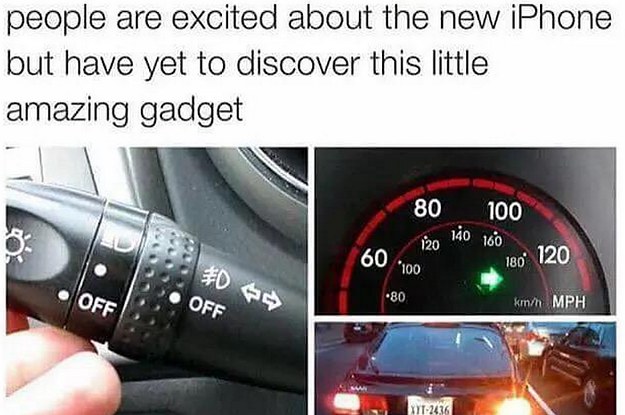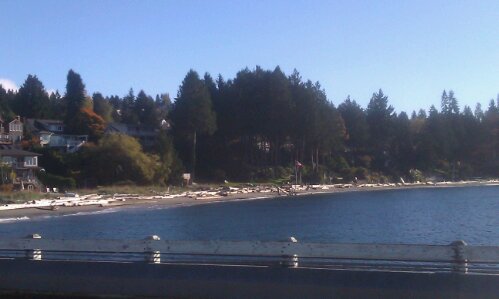Look. I am aware of the Dunning-Kruger Effect. I am aware that like 90% of people consider themselves “above average” drivers. Therefore, I do not consider myself an above average driver, except in my ability to parallel park a step-van. When it comes to driving said step-van around Seattle’s narrow residential streets, its clogged and often badly engineered freeways, and its due-to-collapse-any-day-now viaduct, I’m sure I’m just average.
This being said, I am an experienced driver, having been driving this step-van for over three years and having done a couple-three cross-country road trips, and so I feel I have some authority from which to offer the following friendly tips:
- Turn on your headlights. Especially if it’s raining. Turn on your headlights.
- You know that triangle-shaped part of the road on exit/entrance ramps? The gore area? Hey guess what CROSSING THOSE LINES IS ILLEGAL. Not just in WA state, either! Crossing them so you can get past the line of cars trying to get onto 520 at the 405 junction is also a JERK MOVE. QUIT IT.
- oh my god, use yah blinkah, are you kidding me
- especially if you’re going to insist on illegally changing lanes across the gore area
- And turn on your headlights!
- It takes a lot longer for a truck to slow down and stop than it does for your car. Leave us some space.
- Turn on your schnauzercliffing headlights. I don’t care if it’s 80F and there’s not a cloud in the sky! You will be SO MUCH MORE VISIBLE and I will be considerably less likely to try to merge into the side of your car like the least competent Voltron pilot in the universe.
- Every time you leave enough space for a truck to change lanes in front of you, and flash your brights to let the driver know that it’s safe for them to move over, a jackalope gets its antlers. I understand that may not sound like an incentive, but it really is a nice thing to do, so if the heartfelt gratitude of an anonymous trucker won’t do it for you maybe the cryptids will.
Look. Cars are amazing. Driving is one of my favorite things to do, but it’s also dangerous: we are all harnessing a series of controlled explosions to propel us at inhuman speeds down the road to where we’re going. That’s metal as HECK, but it also means it behooves us to help each other out. Generosity and care for the human beings around you is super cool.
Be above average. Drive safe!





















